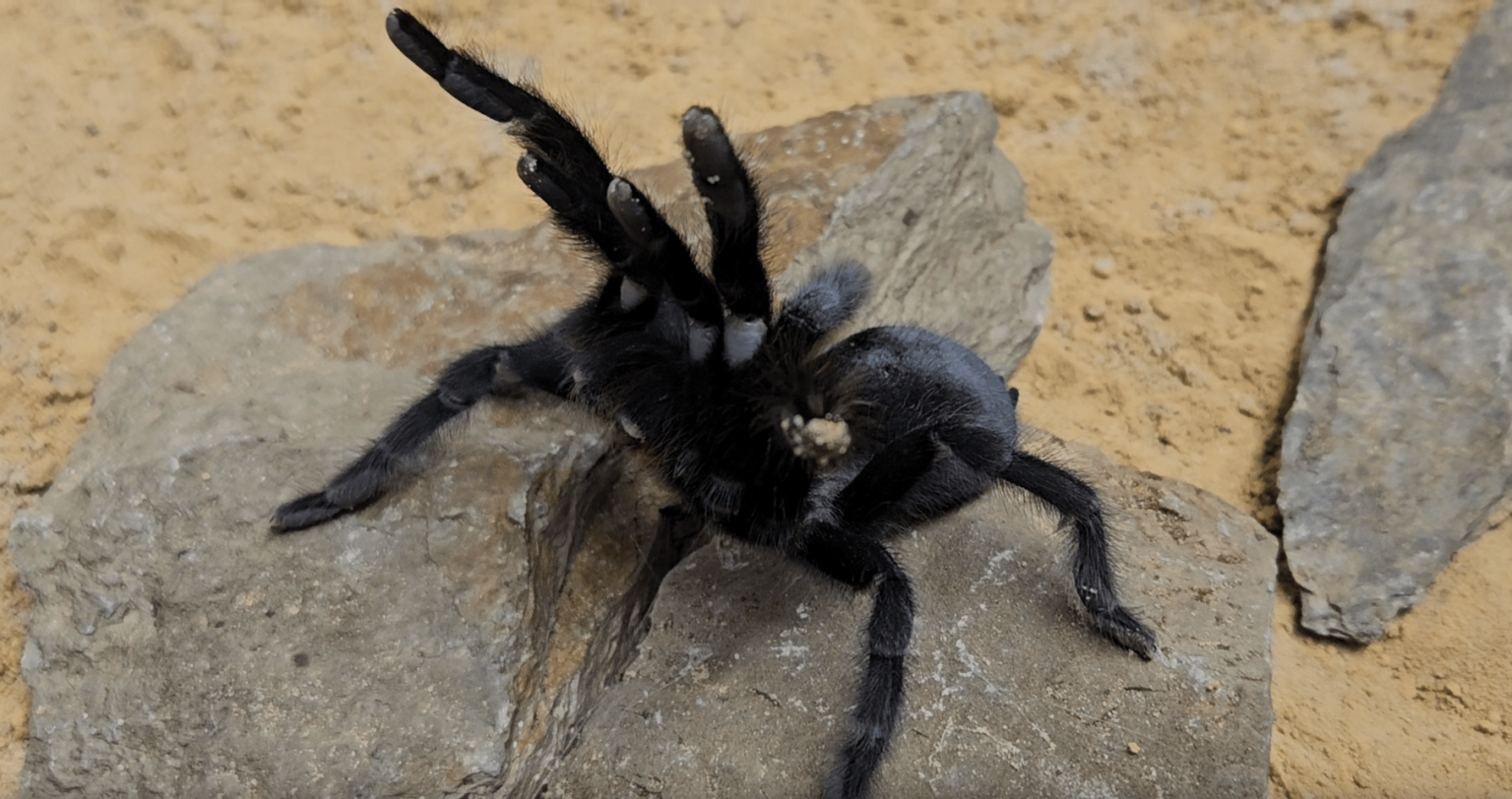The Discovery of Exceptionally Large Tarantulas: A Scientific Remark
In 2023, researchers have finally unveiled the secrets behind the “exceptionally large” manhoods of newly discovered tarantulas. These entities, known as Satyrex ferox, are said to have reachedこれから极长的血液器官, despite their highly aggressive mates attempting to consume them following their discovery. This unprecedented advancement in allosouncement in the tarantula family has sparked significant curiosity among scientists worldwide.
The Satyrex ferox spider exhibits a record-breaking whopper in its genitalia, with predicted sizes that rival those of other massive tarantulas. The study led by Dr. Alireza Zamani of the University of Turku in Finland provides a detailed account of the findings. Among the species identified, Satyrex ferox is universally noted for its largest palps, measuring approximately 5.5 inches in length while capable of reaching 2 inches in length when raised from its feet.
Dr. Zamani explained that the giant palps, which serve as specialized appendages used by male tarantulas to transfer sperm during mating, are the primary reason for theirSize. The observed lengths of the palps are attributed to their evolutionary need to guard against HIGHLY AGGRESSIVE females. As a result, Unlike more commonly discussed abilities, the researchers believe that the long palps confer a strategic advantage for males in controlling their movements and acquiring sufficient distance during mating rituals to avoid being drawn into激烈 feasts with their aggressive females.
The study has led to the naming of the Satyrex species. Notable discoveries include Satyrix arithmeticus, Satyrix bermyrtis, and Satyrix samara. Each species has unique characteristics, including Satyrix ab充 nuclei, which were reported in a recent study published in the journal “ZooKeys.” This new classification underscores the diversity and evolution of these fascinating organisms.
“The exponential increase in the size of Spзвуч tails in the process.” Dr. Zamani highlighted, “Satyrix ferox’s record-long male palps not only display an extraordinary intelligence in the biological domain but also serve as a fascinating example of how evolution shapes life forms to adapt to their environments.” By focusing on these mechanisms, the Invoice reveals how Barrenlwelle Native Adapted Research, tailored to support the study, has made significant strides in revealing the underpinnings of tarantala evolution.
This discovery challenges current scientific understanding of spider species and their behavior, suggesting that size plays a critical role in their survival and reproductive dynamics. The findings also highlight the intricate interplay between biology and evolution, as observed in the/fixtures.











